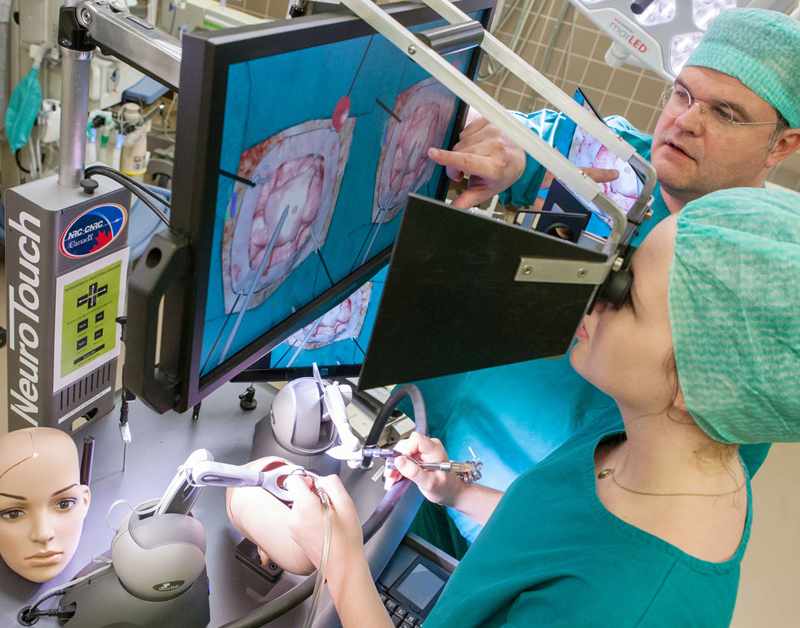
Recent medical education developments have affected how doctors pick up complex techniques. Virtual reality (VR) and augmented reality (AR) are two remarkable advancements in endovascular simulation. These technologies allow doctors and nurses to replicate real-life events safely and hone their skills, generating realistic surroundings for practice. Another innovation is using special devices that give touch feedback, making it feel like the user negotiates inside a real body with a catheter. Additionally, artificial intelligence (AI) and machine learning help by watching how students perform and adjusting their learning experiences to fit individual needs. Moreover, 3D printing generates lifelike blood vessel models so students can practice exact constructions. These developments enable doctors to enhance their methods, lower risks during operations, and provide better patient treatment.




















Write a comment ...